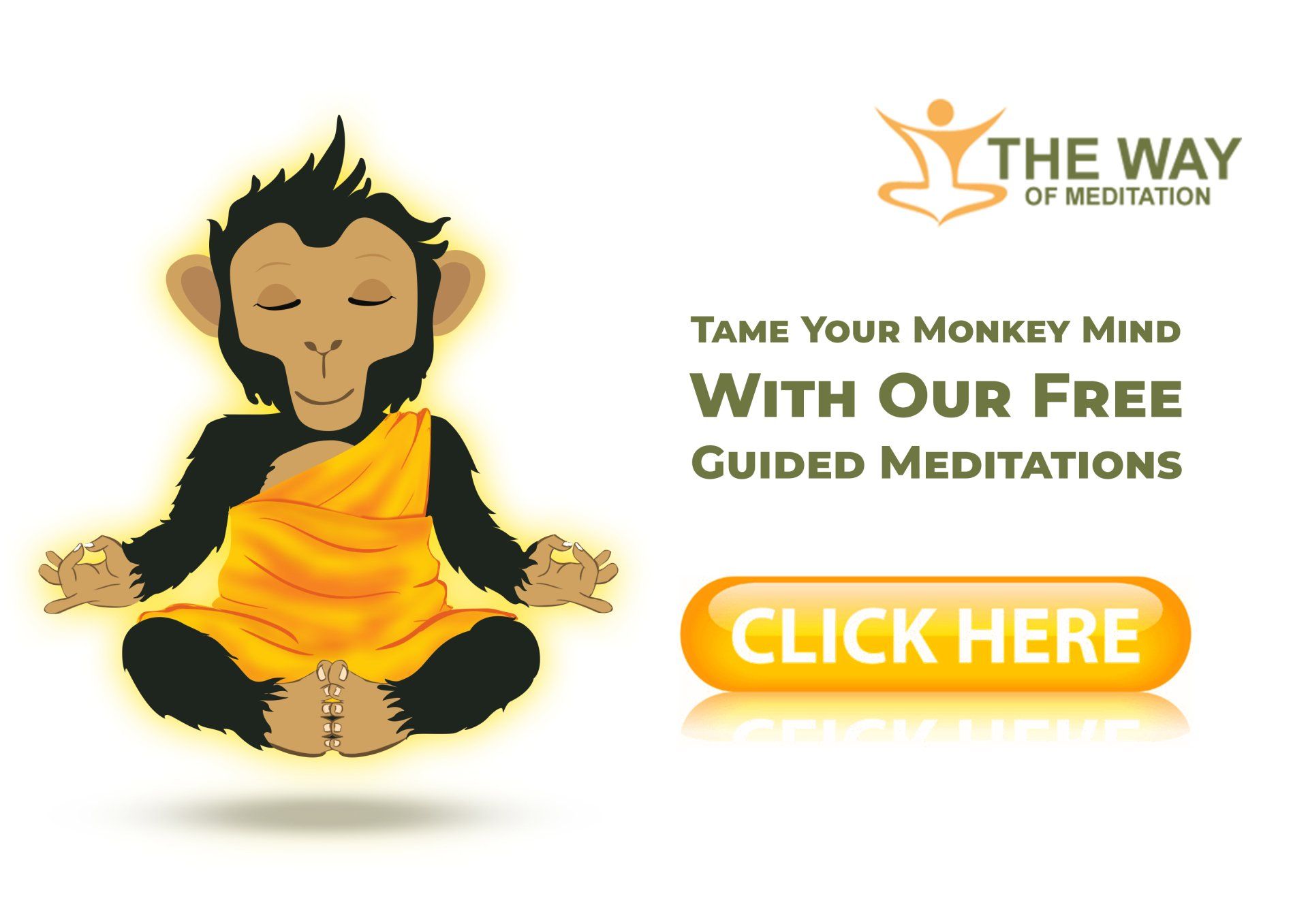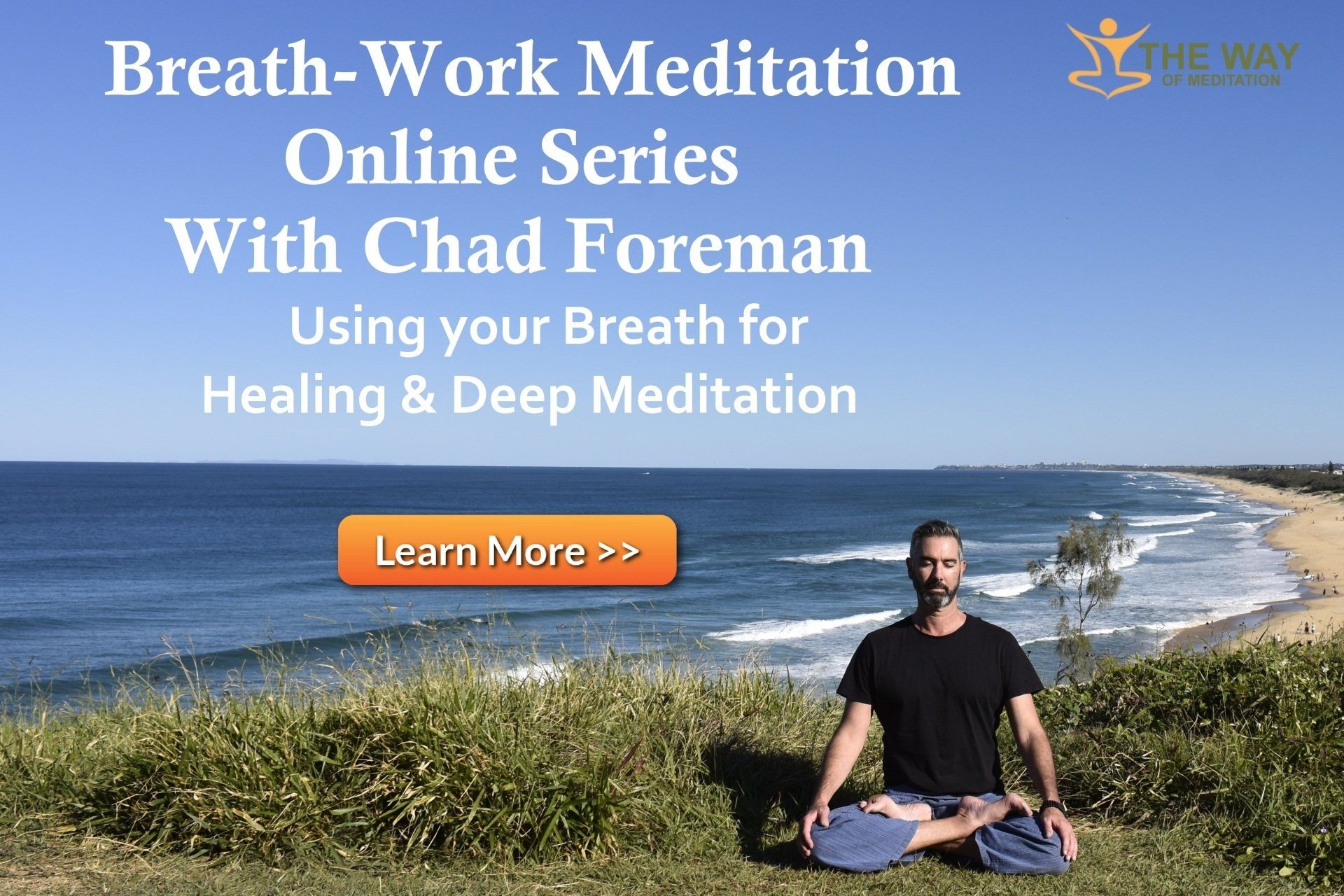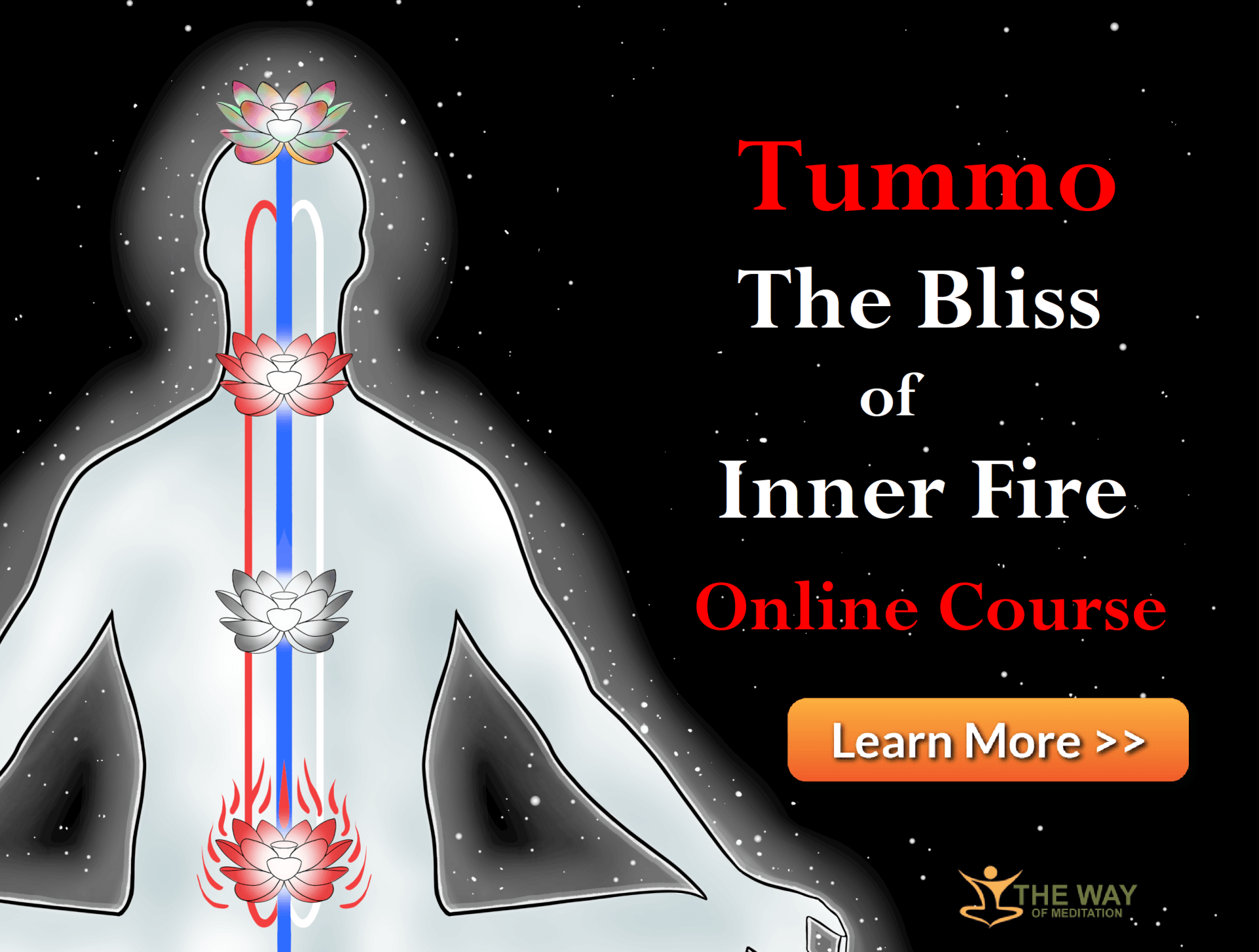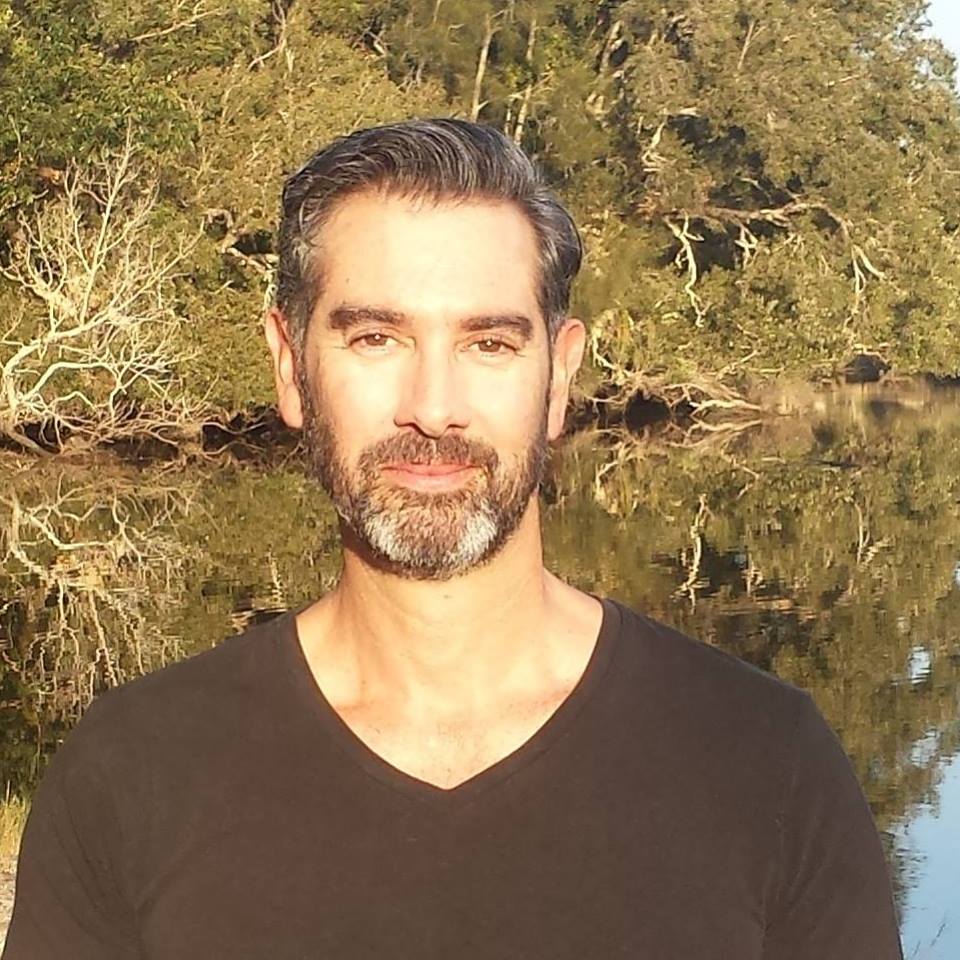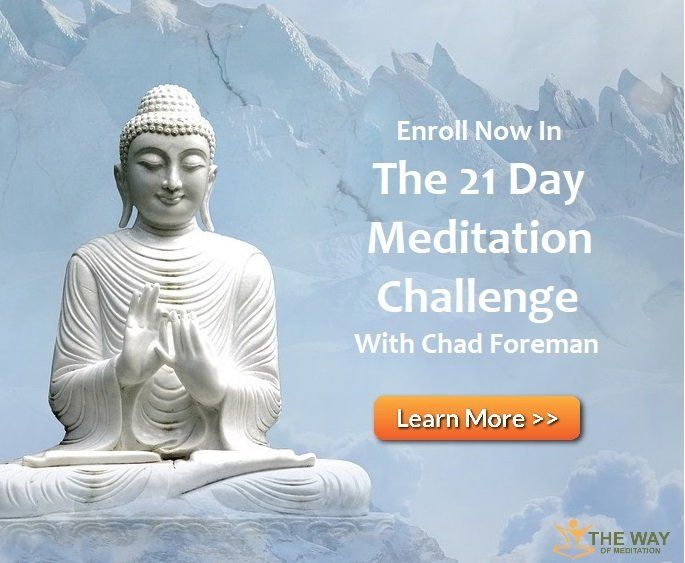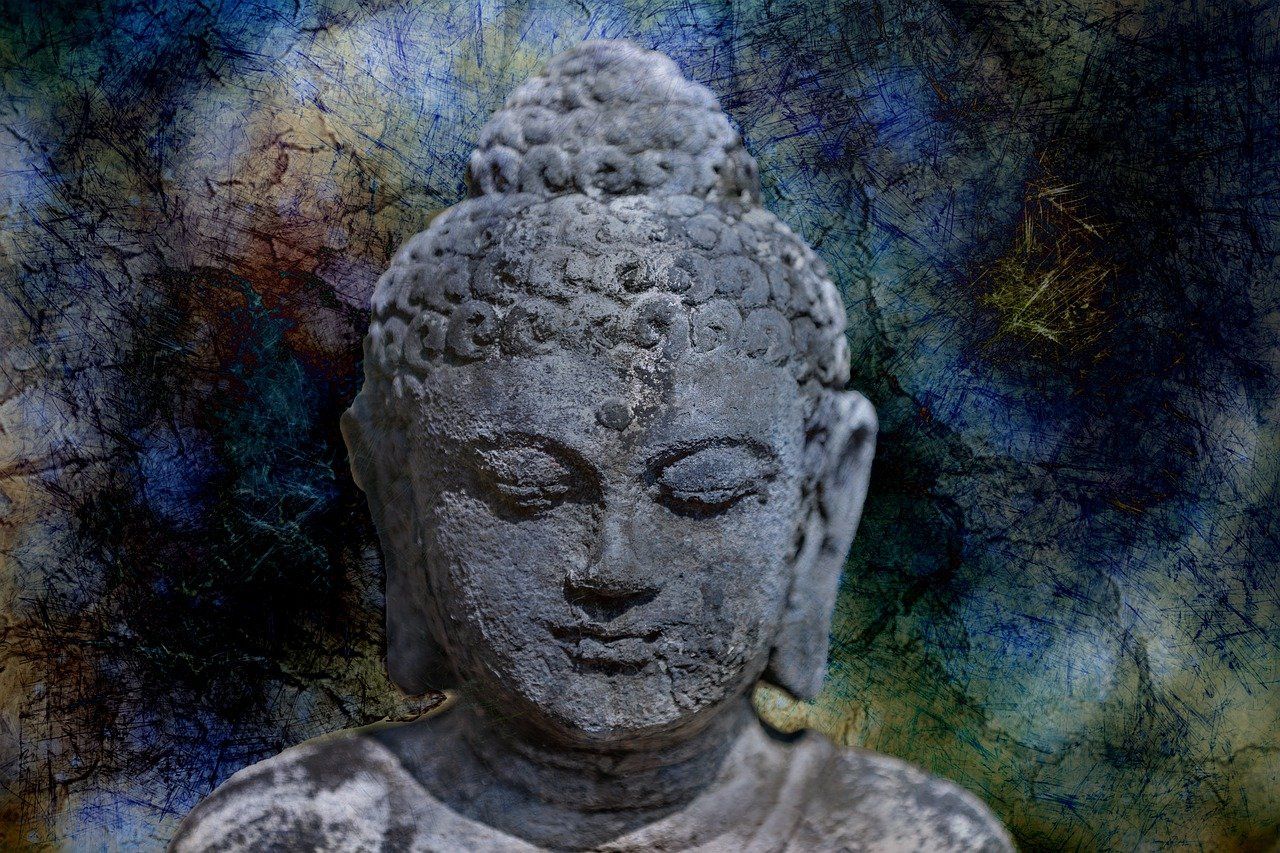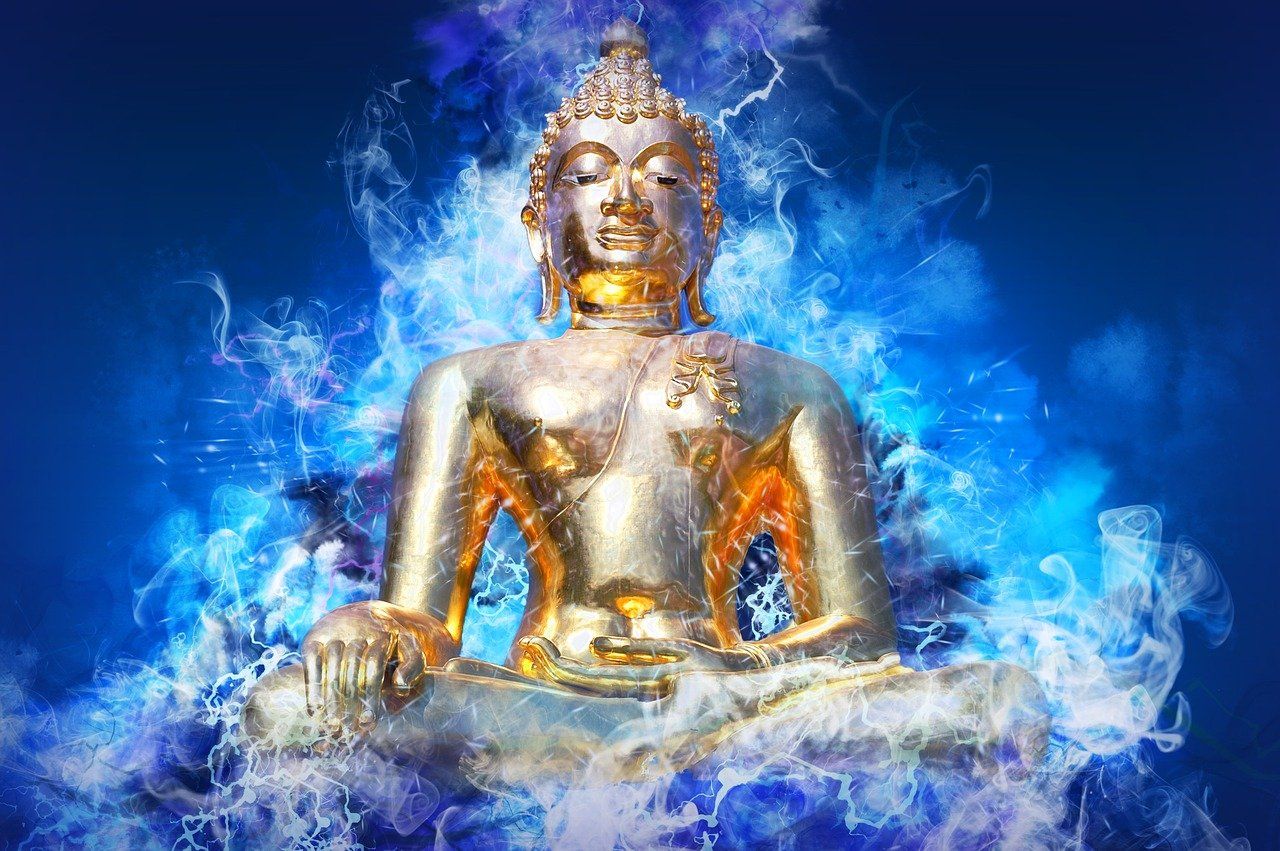Why Repeating A Mantra Is So Powerful And How To Do It
Mantra
To go a bit deeper into why this simple method works so well you have to understand what creates emotional suffering, that is disturbing emotions like anger, jealousy, fear, anxiety and even depression – all these disturbing emotions are cause by thinking. Thoughts come with their own emotional charge that researchers have even discovered last about 90 seconds, ( 90 second secret here ) the problem is we keep thinking over things reigniting the emotional charge until we become sick and weak drained of all our energy. As Eckhart Tolle so insightfully said:
“It is never the situation that cause suffering it is your thoughts about it.”
Or like the great 17th Century Zen Master Bankei when he said to a woman who asked him “…how do I stop all my suffering over my dead husband. Every time I think of him I get sad and depressed” the Zen Master simply replied “stop thinking about him.” This might strike you as callous, disrespectful or even repressing the emotion rather than ‘dealing with it’ but it has some profound and inconvenient truth to it. I was studying counselling therapy at the time when I read that passage and it just blew me away as incredibly easy, effective and a massive Z en slap in the face of modern psychological techniques that usually re-frame things, pour over past histories or actively challenge the legitimacy of thoughts, the Zen Master just exploded all of that non-sense with one decisive ‘just stop it.’
Of course that is easier said than done. To just stop it, to just drop the last thought and focus on the present moment as it is, is a key skill in meditation especially the practice of mindfulness. But I found in desperate times I was constantly going over my problems and worries and thinking of people that pissed me off or thinking about tragic world events, my meditations just seem to fail me. This is where Mantra really helped me in these times of crisis and I think it can help anyone who practises it too. Buddha taught this simple technique 2,500 years ago and it is still powerful today. As Buddha taught I now include teaching all beginners to repeat the mantra breathing in and breathing out in co-unison with their breath as an aid to focus, relaxation and transcending mundane thoughts. You can try the technique here with my guided meditation.
There is the opposite effect which positive affirmations take advantage of, by repeating empowering and ‘feel good’ statements over and over. They make you feel good, and there’s nothing wrong with that at all, it’s just not a method that takes you all the way to the clear heart of yourself. Just like ruminating on worries causes a negative disturbing charge through your body thinking of positive thoughts creates a pleasant and positive energy through your body.
Like I said there is nothing wrong with wanting to feel empowered or brave or abundant but these are artificially created feelings they are not naturally emanating from your true self; they are mind created, temporary and just like recreational drugs you need ever increasing doses to maintain the initial high of good feelings. It is a limited approach trying to continually think positively to maintain good feelings, there has to be a more direct and sustainable way.
The ‘I am’ as some Eastern teachers call it is the ground of our being the clear existential awareness which exists in every moment. It is obscured but never lost by what Robert Anton Wilson calls the reality tunnel. Which is simply the thoughts, ideas and beliefs that prejudice and colour the alive clarity of the present moment.
“Repeating a mantra helps to transcend all mental activity and experiences the ‘source of thought’, which is said to be pure silence, ‘pure awareness’ or ‘transcendental Being’, ‘the ultimate reality of life.”
Accessing this enlightened clear presence behind all thoughts is the purpose of repeating the Mantra. Actually one teacher has proclaimed it is the goal of all meditation techniques. Repeating the mantra is just one method to get you there or get you beyond thinking.
Importantly repeating the mantra does not just stop worrying about problems but it also suspends such ingrained subtle beliefs as personal identity and cultural narratives so you can experience a moment without these labels.
Once you have repeated the mantra long enough to stop all other compulsive and subtle thinking you can slowly let the mantra quieten down to a whisper in your mind until it finally stops all together. You can start the mantra again if thoughts intrude on your silence but eventually you can quieten all thinking long enough so all that’s left is the peaceful and joyful emptiness of awareness. This is not dull or passive but instead alive with creative potential, sensitivity to others and a deep primordial wisdom which is as old as the universe itself.
The key is that when thoughts and planning inevitably arise again you can keep contact with the enormity of silence that is always and forever in the transcendent background.
Written by Chad Foreman
Chad Foreman is the founder of The Way of Meditation, has been teaching meditation since 2003, determined to bring authentic meditation practices into the lives of millions of people in the modern world. Chad is a former Buddhist monk who spent 6 years living in a retreat hut studying and practicing meditation full time and has now has over twenty years’ experience teaching meditation. Chad holds regular Meditation Retreats on the Sunshine Coast Australia, has Online Meditation Coaching, delivers three online programs - The 21 Day Meditation Challenge to help guide people gradually from the basics of mindfulness and relaxation to profound states of awareness. Breath-work to help manage stress and go deeper into meditation and The Bliss of Inner Fire which is a Buddhist tantric method for purifying energy blocks and contacting the clear light of bliss. You can also now get Chad's free e-book Insights Along the Way.
Try This Guided Meditation With A Mantra
Get A FREE
Guided Meditation Series
with Chad Foreman





